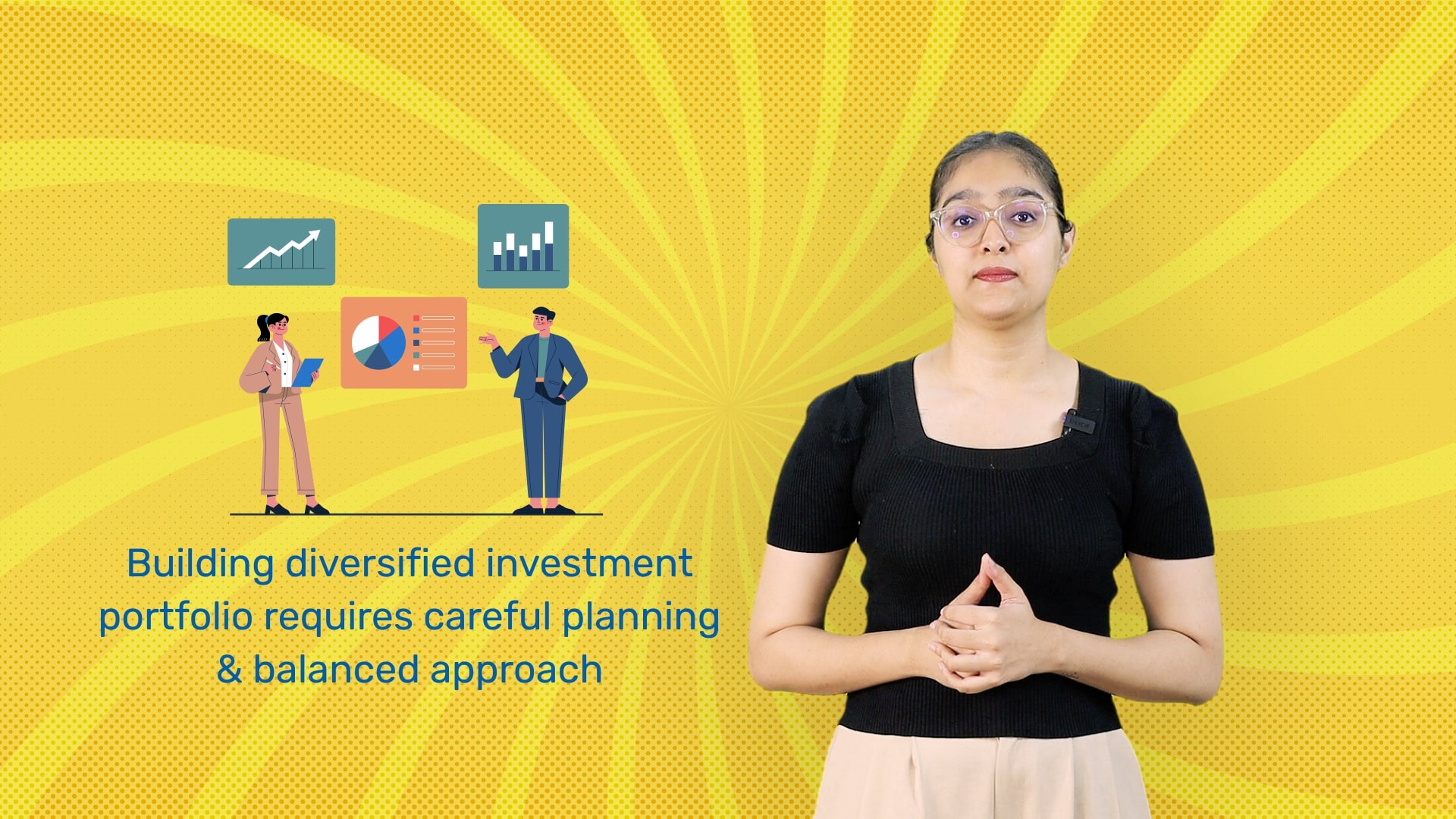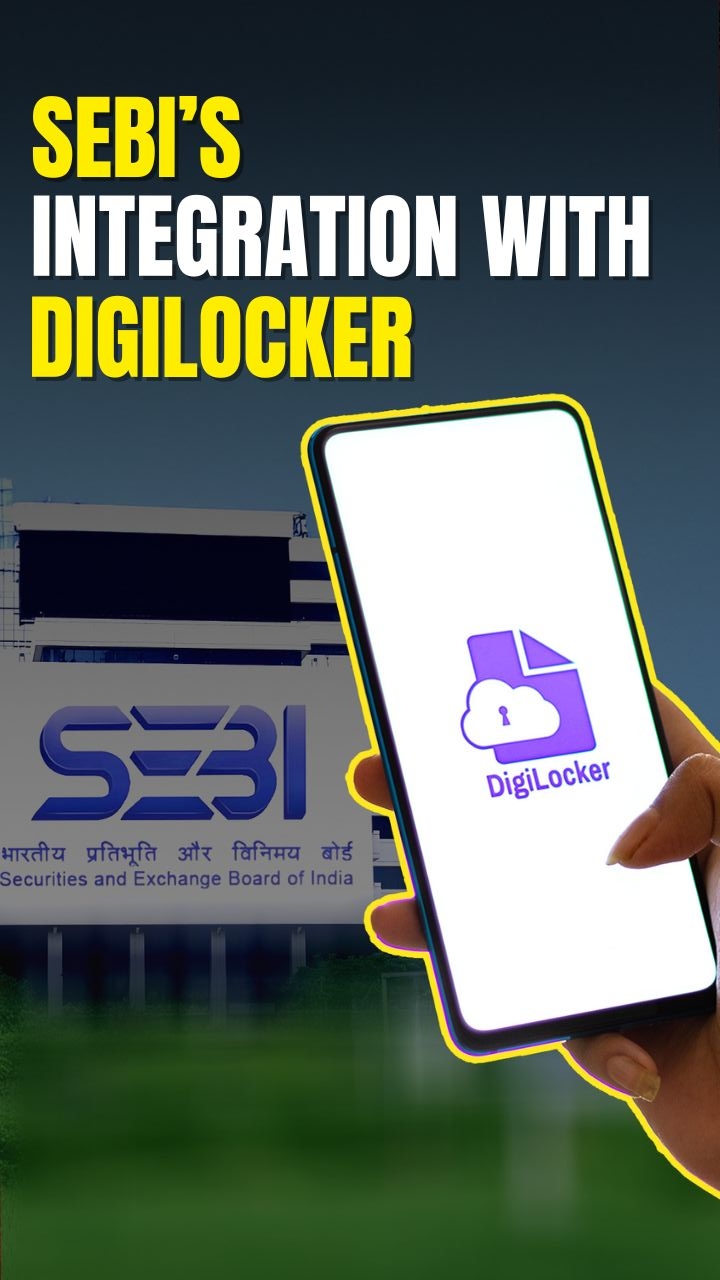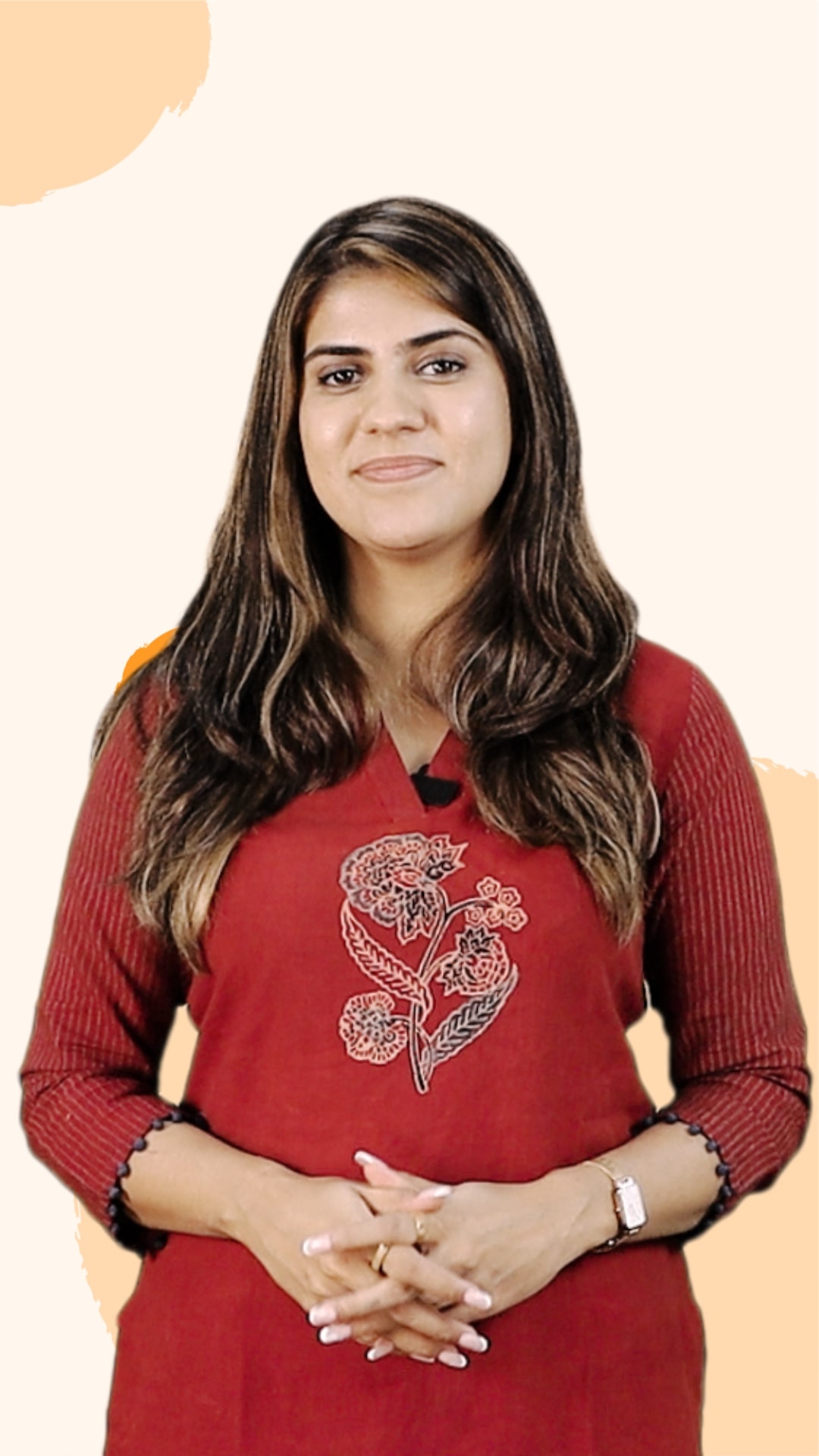Building a Diversified Investment Portfolio: Tips & Strategies
Building a diversified investment portfolio could be an essential step in working toward financial stability and growth. In this video, we’ll look at how you could build a diversified portfolio aligned with your financial goals.
We’ll start by understanding portfolio diversification. This is a strategy that could reduce risk by investing across various assets. From assessing your risk tolerance and setting clear goals to allocating assets like equities, bonds, and real estate, we’ll cover each step of building a robust portfolio. Equities, fixed income, and real estate could be some of the primary assets, while gold and alternative investments like SIPs may add balance.
You’ll also see why regular portfolio monitoring and rebalancing could be essential. This could help you stay aligned with your goals as market conditions change. We’ll touch upon tax-efficient investing, staying informed on financial trends, and the potential benefits of consulting a financial advisor.
By the end, you might have actionable insights into creating a well-rounded investment portfolio. They could help you achieve financial stability over time.

Key Takeaways
A diversified investment portfolio may require strategic planning and a balanced approach
Assessing your risk tolerance before constructing a portfolio could help, as comfort with fluctuations might influence asset allocation
Allocating assets wisely and balancing equity and debt may align with your risk tolerance and investment horizon
In stocks, you might have to diversify across sectors and market capitalisations using mutual funds or ETFs
Bonds, such as Indian government or corporate bonds, could provide stability, especially if you have a lower risk tolerance
Real estate or REITs may add diversity to an income-generating portfolio
Gold has historically hedged against inflation, so you could consider physical gold, gold ETFs, or sovereign gold bonds
Exploring diverse investments, like SIPs, peer-to-peer lending, or start-ups, may involve higher associated risks
Periodically reviewing and rebalancing your portfolio might ensure continued alignment with your goals and risk tolerance
Staying updated on Indian financial and global economic trends could support informed decision-making
Recognising tax-saving options like ELSS and long-term capital gains benefits on equities could optimise your returns
What to Watch Next
Bites
































